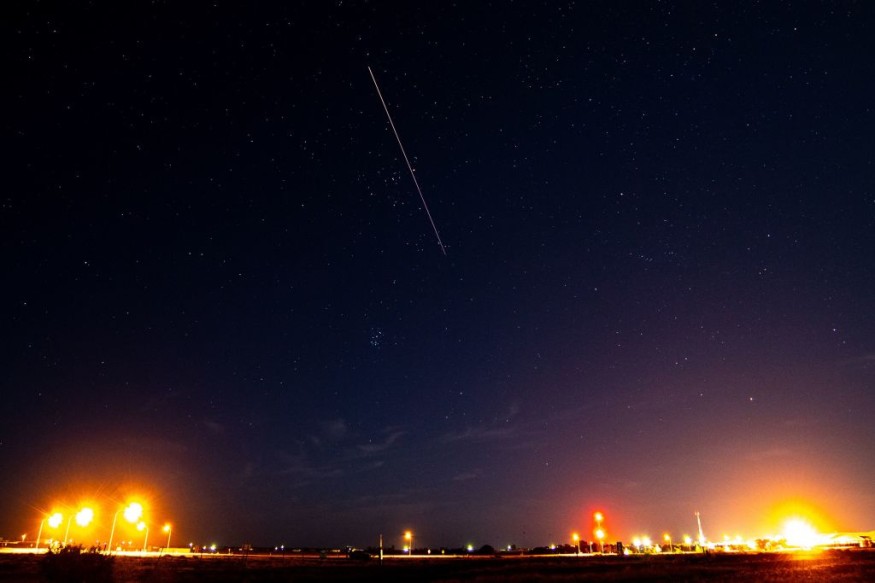Earth will be seeing yet another approaching space rock this April Fools' Day on Friday, April 1.
Astronomers called it the 2007 FF1 asteroid with a diameter between 360 feet and 656 feet (110 meters and 260 meters).
Traveling at the speed of 47,950 kilometers per hour (29,800 miles per hour), there is a high chance that the space rock will not hit the planet.
Over several months, Earth observed a number of asteroids flyby around its orbit. Some of these asteroids include the "fifth known Earth impactor" 2022 EB5, which struck off the coast of Iceland on March 11.
2007 FF1

The NASA Jet Propulsion Laboratory (JPL) classified 2007 FF1 as an Apollo-class asteroid due to its very small size.
The NASA JPL also classified the space rock as a potentially hazardous asteroid due to its predicted close approach to Earth, as cited by Space Reference.org.
The asteroid was spotted by the Virtual Telescope Project on March 24 when its distance was approximately 11.6 million kilometers (7.2 million miles).
However, its distance to Earth will be much shorter when it passes on Friday.
Astronomers estimated that the space rock will have a distance of 7.4 million kilometers (4.6 million miles) during the flyby, as cited by Live Science.
This means that its relative distance is dozens of times greater compared to how far the Earth is from the moon; which is around 380,000 kilometers (236,000 miles).
Next Approaching Asteroids
Prior to the asteroid flyby of 2007 FF1, the NASA JPL provided a list of other approaching asteroids during the remainder of March:
- 2022 FB2 - its closes Earth approach of 150,000 kilometers (93,400 miles) on Monday, March 28. It only has an approximate size of 15 feet compared with the size of a house.
- 2022 FE - the NASA JPL will pass the planet from a distance of 3.45 million kilometers (2.1 million miles) on Monday as well. The asteroid has also the size same as a house.
- 2022 FF1 - a car-sized asteroid will fly by Earth at a distance of around 1.49 million kilometers (927,000 miles) on Tuesday, March 29.
- 2022 FR1 - an eight feet asteroid the size of a standard bus will have a detour at a distance of 1.86 million kilometers (1.16 million miles) on Tuesday.
- 2022 EL5 - another bus-sized asteroid is set to pass on Tuesday at a distance of around 2.71 million kilometers (1.68 million miles).
Asteroid Size and Frequency
Regardless of the relatively small size of the next approaching asteroids, NASA continues to monitor all Near-Earth Asteroids.
This is due to the parallel causal relation between the size and impact of an asteroid. Astronomers claimed the larger the space rock, the bigger the impact.
The frequency of an asteroid hitting Earth is more common than previously thought.
However, most of these asteroids are small and disintegrate upon entering the atmosphere.
Still, the probability of a major asteroid impact is imminent.
NASA is currently engaged in the Double Asteroid Redirection Test (DART) mission as a form of planetary defensive measures against planet-killing space asteroids.
In April 2029, the massive 99942 Apophis asteroid is set to approach Earth.
Fortunately, estimates reveal it will safely pass by Earth.
© 2025 NatureWorldNews.com All rights reserved. Do not reproduce without permission.





